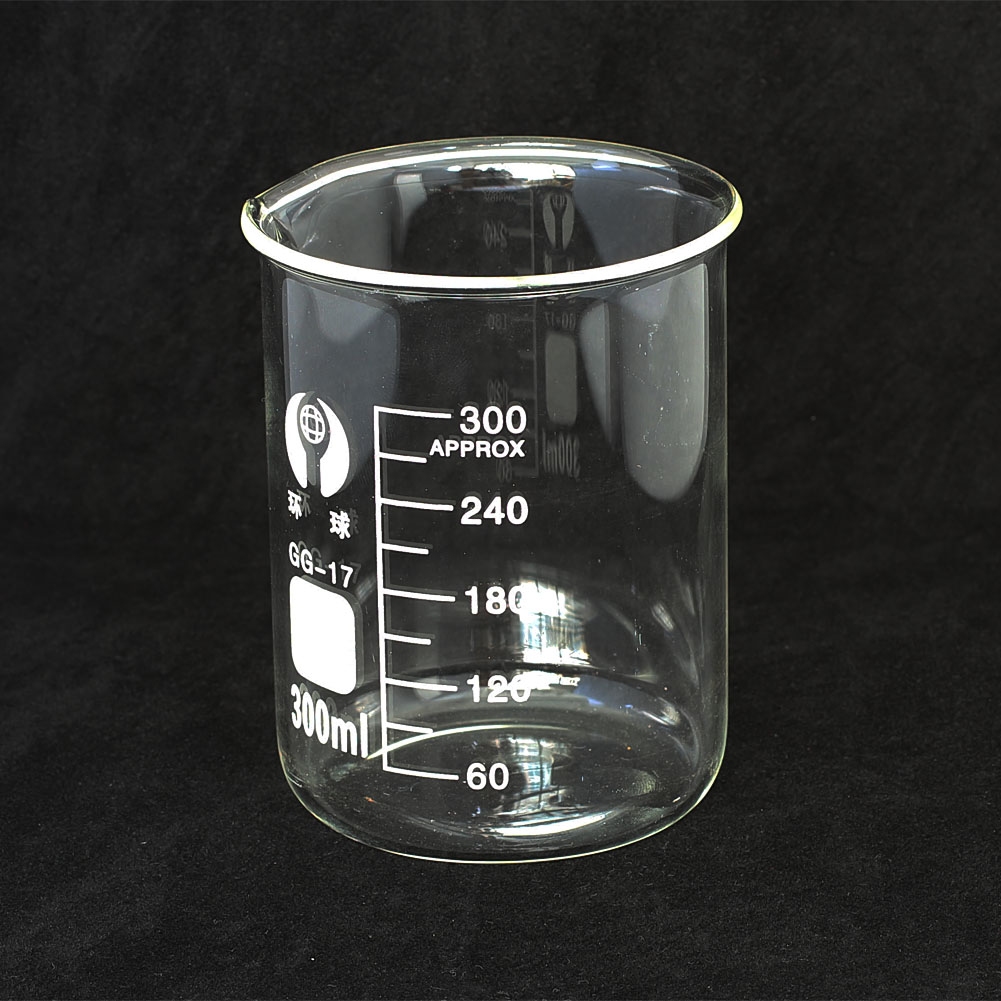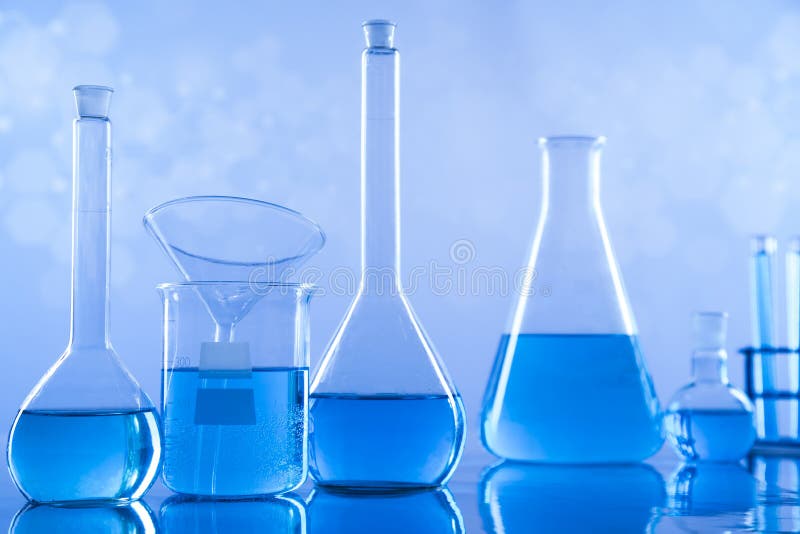

For example, LDPE and Polypropylene beakers can be used with weak chemicals and acids and withstand up to 80 degrees and 135 degrees Celsius respectively, whereas PTFE ones are compatible with almost all chemicals and heats of 360 degrees Celsius. Choosing the right one for your application will depend on the chemical and heat resistance required. Plastic: These types of beakers are available in a range of different types of plastic.One thing to bear in mind is that metal science beakers are opaque, so clearly seeing the contents is not as easy as with glass or plastic. Metal equipment is lightweight and can’t chip or shatter like glass and depending on the metal type they can withstand high temperatures. Metal: Usually made from aluminium or stainless steel.

As well as withstanding temperatures of up to 400 degrees Celsius, glass beakers are also resistant to chemicals. They usually use a borosilicate glass which is extremely resistant to extreme temperature changes. Glass: Both Griffin and Berzelius beakers can be made from glass.

This makes them perfect for heating chemicals or liquids with a hot plate or Bunsen burner. They have a pouring spout and straight sides, with a wide, flat bottom.

It was invented by John Joseph Griffin who began his career as a seller and publisher of chemical apparatus. One of the most popular is the short-form version, which is also known as the Griffin beaker. Over the years, various versions of the scientific beaker have made their way to the lab. Way back in 10,000 BC, they were master pottery makers and are thought to have created the first iteration. It is thought that the name ‘beaker’ dates right back to the Beaker people from the Neolithic period. Who Invented the Science Beaker?īeakers in science have a long and rich history and are a crucial piece of kit that have been around for many thousands of years. Many lab techs will use beakers alongside other essential equipment like heat plates, Bunsen burners, safety tongs and stirrers. They have a lip around the top for easy pouring and to prevent spills and have a flat surface on the bottom. This kind of equipment is available in a wide range of sizes, ranging from millimetres to multi-litres, so you can choose the right size for your application. They are generally made of glass, but some science beakers use heat resistant plastic or metal. Well, it’s a cylindrical container that is used in a laboratory to store, heat and mix liquids. But where did they first come from? And how do you know which type is best for your lab? What Is A Science Beaker? Test tubes, balances and microscopes are all common sights in a laboratory, and today EduLab’s science squad are taking an in-depth look at the humble beaker.Įvery scientist and student has used a scientific beaker for one reason or another, and they are one of the most common pieces of equipment in any laboratory. Whether you work in a large corporate laboratory or a school classroom lab, you’ll find that much of the equipment is the same or similar. Labs of all shapes and sizes are filled with a myriad of equipment.
#SCIENTIFIC BEAKER GENERATOR#
Signal Generator And Amplifier – Edulab.Van De Graaff Generator With Accessory Kit.Petri dish, Sterile 90mm, Triple Vent – ISG (Pk 500).Pipette, Transfer Non Sterile 1ml Grad.EnduraFlex Tubing, Square, 8mm Bore 10M Roll.Microscience Work Station, Biology, Physics and Chemistry – Edulab.Model, Skeleton with frame, life size – ISG.


 0 kommentar(er)
0 kommentar(er)
